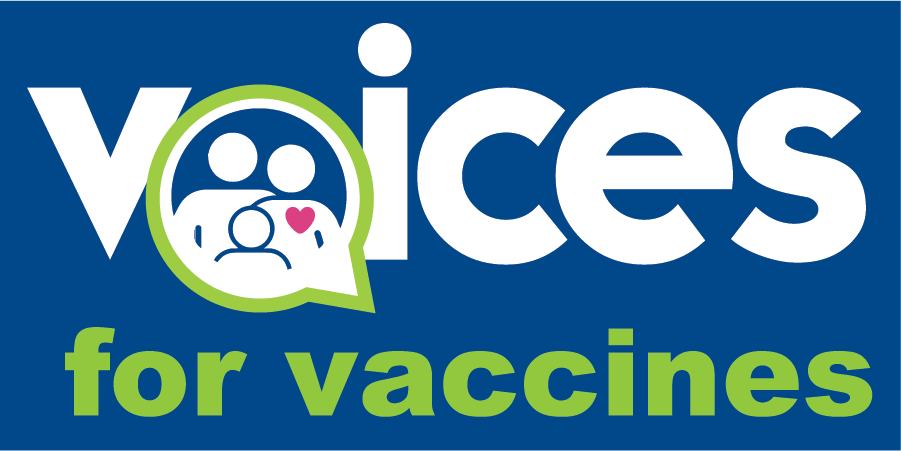The Claim:
According to Florida Governor Ron DeSantis, a recently released Grand Jury report claims that vaccine makers and federal agencies worked together to hide side effects, make huge profits, and avoid accountability while keeping important safety information from the public.
The Facts:
The grand jury dismissed a previous claim by DeSantis that Big Pharma was involved in “crimes and wrongdoing” when they found no evidence of criminal activity related to COVID vaccines. While the report suggests making clinical trials and their results more transparent, federal officials and public health experts remind us that vaccines underwent strict safety tests, are still being watched closely, and work very well to prevent serious illness, hospital stays, and deaths.
Governments, healthcare organizations, and drug companies worked together to create vaccines quickly during the pandemic. The U.S. government even helped pay for vaccine development to make them available to everyone. Vaccines didn’t just save lives—they also saved money. The U.S. campaign saved an estimated $1.15 trillion by preventing over 3.2 million deaths and millions of hospital stays. The CDC and FDA also closely monitor vaccine safety through the Vaccine Adverse Event Reporting System (VAERS) and other systems. If side effects are found, they are fully investigated, and action is taken if needed.



